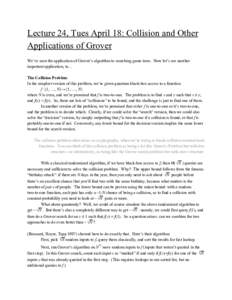 Date: 2018-08-26 18:23:45Computational complexity theory Theoretical computer science Theory of computation Complexity classes Quantum computing Quantum complexity theory Emerging technologies Quantum algorithm BQP PP P versus NP problem NP | |  Lecture 24, Tues April 18: Collision and Other Applications of Grover We’ve seen the application of Grover’s algorithm to searching game trees. Now let’s see another important application, to… The Collision Probl Lecture 24, Tues April 18: Collision and Other Applications of Grover We’ve seen the application of Grover’s algorithm to searching game trees. Now let’s see another important application, to… The Collision Probl
Add to Reading ListSource URL: www.scottaaronson.comDownload Document from Source Website File Size: 249,65 KBShare Document on Facebook
|

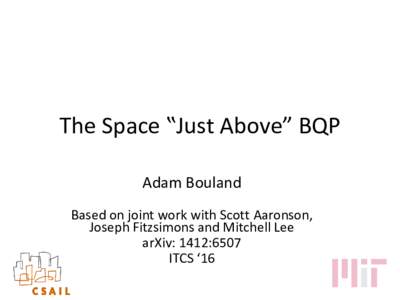
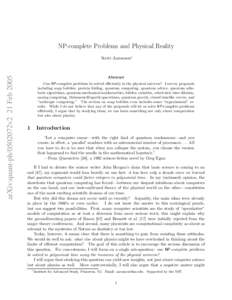
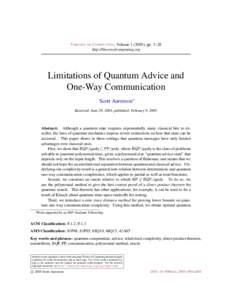
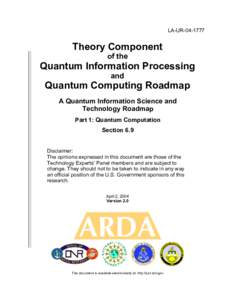

 Lecture 24, Tues April 18: Collision and Other Applications of Grover We’ve seen the application of Grover’s algorithm to searching game trees. Now let’s see another important application, to… The Collision Probl
Lecture 24, Tues April 18: Collision and Other Applications of Grover We’ve seen the application of Grover’s algorithm to searching game trees. Now let’s see another important application, to… The Collision Probl